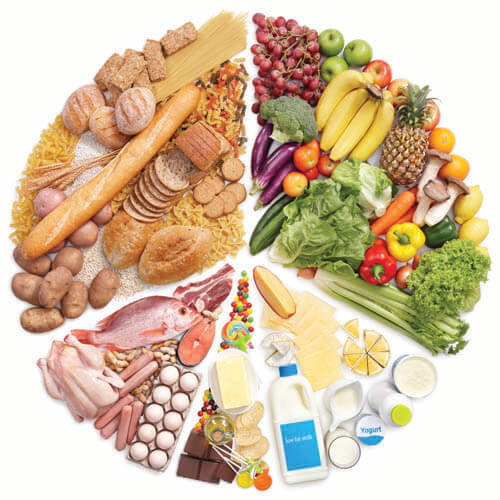Diabetes Diet, Eating, & Physical Activity
Nutrition and physical activity are important parts of a healthy lifestyle when you have diabetes. Along with other benefits, following a healthy meal plan and being active can help you keep your blood glucose level, also called blood sugar, in your target range. To manage your blood glucose, you need to balance what you eat and drink with physical activity and diabetes medicine, if you take any. What you choose to eat, how much you eat, and when you eat are all important in keeping your blood glucose level in the range that your health care team recommends.
Becoming more active and making changes in what you eat and drink can seem challenging at first. You may find it easier to start with small changes and get help from your family, friends, and health care team.

What foods can I eat if I have diabetes?
You may worry that having diabetes means going without foods you enjoy. The good news is that you can still eat your favorite foods, but you might need to eat smaller portions or enjoy them less often. Your health care team will help create a diabetes meal plan for you that meets your needs and likes. The key to eating with diabetes is to eat a variety of healthy foods from all food groups, in the amounts your meal plan outlines.
The food groups are
Vegetables
Nonstarchy: includes broccoli, carrots, greens, peppers, and tomatoes
Starchy: includes potatoes, corn, and green peas
Fruits
includes oranges, melon, berries, apples, bananas, and grapes
Grains
At least half of your grains for the day should be whole grains, includes wheat, rice, oats, cornmeal, barley, and quinoa
Examples: bread, pasta, cereal, and tortillas
Protein
lean meat, chicken or turkey without the skin, fish, eggs, nuts and peanuts, dried beans and certain peas, such as chickpeas and split peas, meat substitutes, such as tofu
